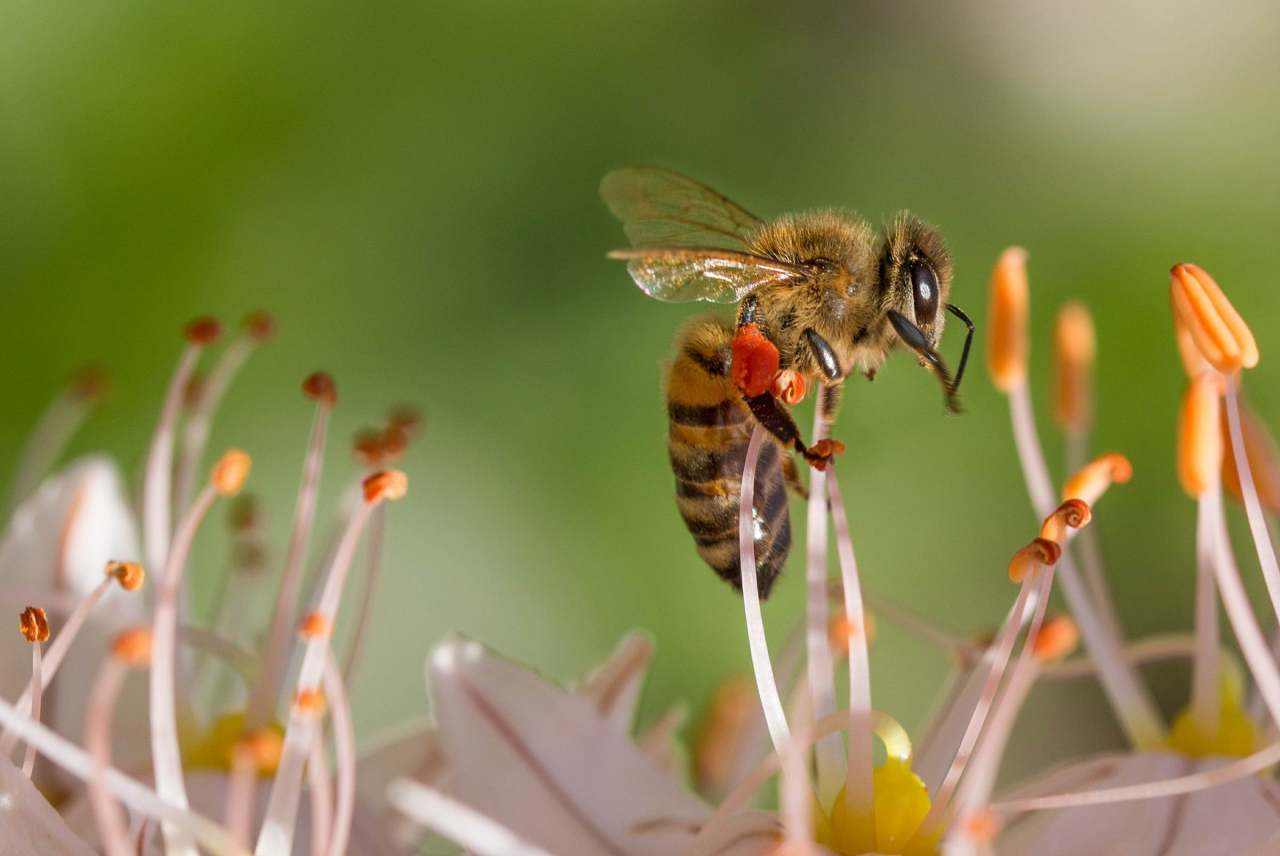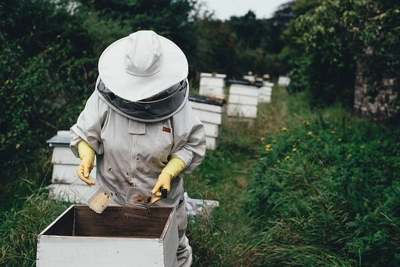Bumblebee conservation
When trying to do our bit to help honeybees many of us might be tempted to start pursuing natural or conservation beekeeping in our own gardens. While this can be positive, in some cases it can also impact on other species, such as the bumblebee.
We spoke to Darryl Cox, Senior Science and Policy Officer at the Bumblebee Conservation Trust about what we can do to help the nations bumblebees and what should be taken into consideration if we are thinking about keeping honeybees.
1. Can keeping honey bees pose a risk for other bee populations, such as bumble bees?
Beekeeping is important for pollination and honey production in the UK, and of course is an important cultural activity. However, in some situations, keeping honeybees can pose a risk to wild bees.
In a world with far fewer flowers than there used to be, adding more demand for the pollen and nectar they produce naturally means there is less to go round. If you add tens of thousands of highly organised bees with superior foraging ranges and communication techniques to a particular area, it can only make things more difficult for the wild bees that are already there. The effects are most severe in the areas where flowers are scarcest, and where additional flowers are not planted to reduce the extra demand.
Beyond simple competition, there is also evidence to show that honeybees can cause changes in pollinator communities, for example, some wild bees may choose to forage on less nutritional or less optimal flowers when honeybees are feeding from their preferred food choice. Some studies have shown that this can be bad news for the plants themselves.
Over-feeding by many honeybees can damage the reproductive parts of a plant, while visiting flowers in a different manner to a plant’s preferred co-evolved pollinator of choice can also negatively affect fertilisation. Sometimes, honeybees are just too efficient at collecting pollen and little pollen ends up reaching the female parts of a flower, reducing pollination.
There is also evidence to show that bumblebees and honeybees can share many of the same diseases and that the movement of honeybees to new areas can be responsible for disease outbreak in bumblebees. These diseases spread by the shedding of disease particles or by direct contact with other bees on shared flowers.
2. What factors increase or decrease these risks?
There is an element of scale involved, areas which are highly stocked with honeybees naturally increase competition for resources. Each hive has between 20,000 and 50,000 hungry honeybees to feed. The more hives there are the greater the opportunity for disease transfer too.
With these points in mind it makes sense to limit placement of hives and stocking densities in some situations, especially in areas where the most threatened wild bees are present or where flowers are scarce.
Honeybee healthcare is hugely important and anyone thinking of keeping bees should make sure they are adequately trained in managing pests and diseases within a hive before they take on a colony.
People interested in creating flower-rich habitats to help pollinators, especially in areas close to apiaries can help by ensuring they include flowers which cater for both long and short-tongued bees, which avoids super-generalist short-tongued honeybees from being able to dominate the food supply.
3. What can we do to support the bumble bee?
The number one thing we can all try to do to help is grow more flowers! Not just any flowers, though, we need to ensure they are bee-friendly. This means choosing flowers that are open and accessible, rather than showy blooms which have been bred for their good looks but which sadly offer little or inaccessible rewards for bees.
Bee kind is a free online educational resource for working out how good your garden is for bees and what to grow to make it bee-friendly. It even offers recommendations to suit your garden’s growing conditions.
Beyond the garden, supporting the efforts of charities like the Bumblebee Conservation Trust is a fantastic way make a big difference for the small things on which so much of our world relies on. You can find out more about the vital work of conserving the UK’s bumblebees and learn how to get involved on the Bumblebee Conservation website.
Featured photo (top of page) by Jared Belson.



